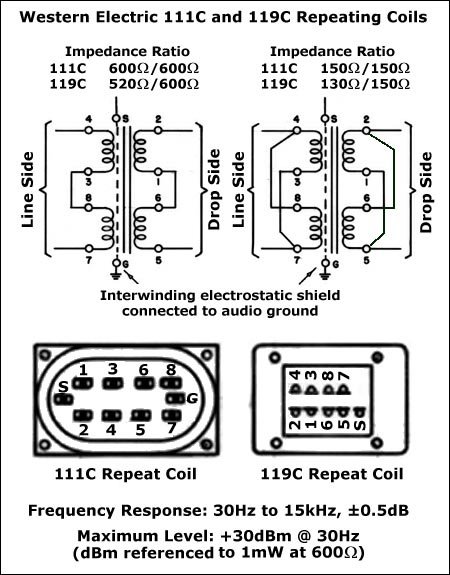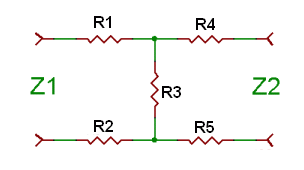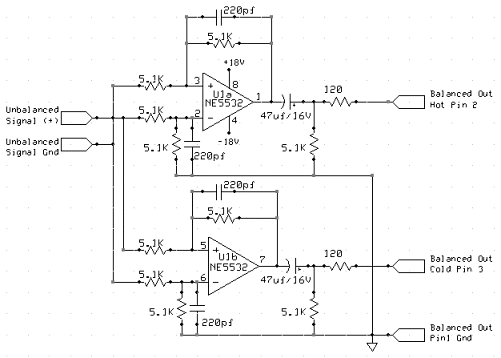This is standard telephone company stuff, however, it would seem that several radio engineers have forgotten this. I was reading on one forum where an AM station was using 1000 feet of 12 gauge Romex to send audio from the studio to the transmitter out back. The owner was complaining that the audio sounded bad.
Longer wire runs need to be terminated with the characteristic impedance of the cable being used, normally 110 ohms or so for typical audio wire. This is because impedance mismatches can cause return loss just like in an RF circuit. Exactly what the effect of the mismatched impedance depends on the length and frequencies involved. On shorter cable runs of less than 100 feet or so, this usually is not an issue.
The result of return loss is part of the audio energy gets reflected back to its origin (a standing wave), where it mixes with newer audio. This can cause out-of-phase issues and usually, the result is high tinny sounding audio with distortion in the mid-range frequencies. In other words, it ain’t pretty. This can really become an issue with digital audio because of the higher bandwidth requirements for high sample rates. It has always struck me as odd that AES/EBU audio uses XLR-type connectors. An XLR connector does not maintain the characteristic 110-ohm impedance of most digital cables and itself can cause pretty significant return loss. But anyway…
There are a number of options for proper termination:
1. Transformers are often used to match the impedances of circuits. A transformer converts alternating current at one voltage to the same waveform at another voltage. The power input to the transformer and output from the transformer is the same (except for losses). The side with the lower voltage is at low impedance, because this has the lower number of turns, and the side with the higher voltage is at a higher impedance as it has more turns in its coil. Western Electric 111C audio transformers were often used in equalized TELCO circuits sending audio over long distances on copper pairs.

2. Resistive network impedance matches such as H or T or L pads are the simplest to implement. They limit the power deliberately and are used to transfer low-power signals, such as unamplified audio or radio frequency signals. Almost all digital circuits use resistive impedance matching which is usually built into the structure of the switching element.

3. Active balanced converters using opamps with high input impedances (10 Kohm bridging resistance) that first greatly reduce the voltage, then amplify it are often used an audio circuits. They have the advantage of active gain control and are often used in conjunction with gain reduction and limiting circuits.

The above diagram shows an active unbalanced to balanced audio converter. The advantages of such a circuit are active gain controls can be added to set levels. With additional feedback circuit elements, it can also be used for automatic gain control, gain reduction, limiting, and so forth.
For most inter and intra-studio wiring, professional audio equipment is designed for 0 dBm 600 ohm balanced audio (AKA line level audio). Audio cables such as Belden 8451 or multi-pair cables terminated on punch blocks or connectors works well. Cable impedances and matching are generally not design considerations. Long cable runs, longer than 150 feet or so, do need to be terminated in a high-quality audio installation.

